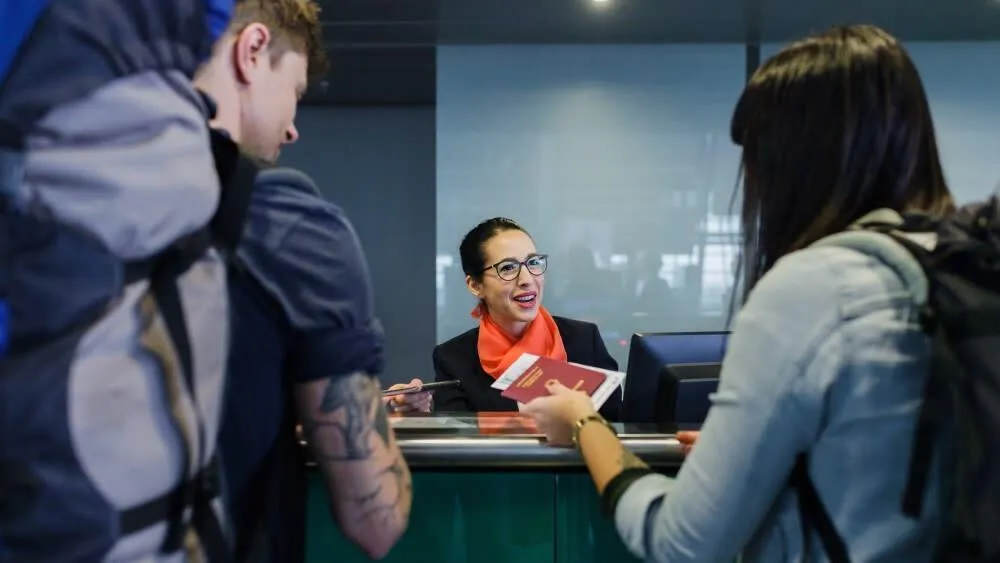In Australia, the Sponsored Working Visa program offers a pathway for skilled workers from overseas to fill positions that cannot be easily filled by Australian workers. This visa category, also known as the Temporary Skill Shortage (TSS) visa (subclass 482), allows employers to sponsor skilled workers to come to Australia temporarily or fill labor shortages in specific occupations. Understanding the intricacies of this visa program is crucial for both employers and prospective employees seeking opportunities in the Australian labor market.
- Sponsorship Eligibility and Obligations:
Employers who wish to sponsor overseas workers under the Sponsored Working Visa program must meet certain eligibility criteria and obligations. They must be approved as sponsors by the Australian government and demonstrate a genuine need for skilled workers that cannot be met locally. Additionally, employers must adhere to various sponsorship obligations, including providing terms and conditions of employment that are no less favorable than those provided to Australian workers, maintaining records, and cooperating with relevant authorities.
- Nomination Process:
Once an employer is approved as a sponsor, they can nominate skilled workers to fill specific positions within their organization. The nomination process involves selecting an eligible occupation from the relevant skilled occupation list and demonstrating that the position meets the required skill level and salary threshold. Employers must also provide evidence of efforts to recruit locally before resorting to sponsoring overseas workers. Upon approval of the nomination, the prospective employee can proceed with the visa application process.
- Visa Application Requirements:
Prospective employees applying for the Sponsored Working Visa must meet certain requirements to be eligible for the visa. This includes having the necessary skills and qualifications for the nominated occupation, meeting health and character requirements, and possessing adequate proficiency in the English language. Depending on the circumstances, applicants may also need to undergo skills assessments or obtain relevant licenses or registrations to practice in their chosen occupation in Australia. It’s essential to ensure that all visa application requirements are met to increase the likelihood of a successful outcome.
- Temporary Skill Shortage (TSS) Visa Subclasses:
The Sponsored Working Visa program consists of three streams under the Temporary Skill Shortage (TSS) visa subclass 482, each catering to different circumstances and durations of employment:
a. Short-Term Stream: Designed for employers to sponsor skilled workers for occupations on the Short-Term Skilled Occupation List (STSOL) for a maximum duration of up to two years. This stream is suitable for filling short-term labor shortages or undertaking specific projects or assignments.
b. Medium-Term Stream: Intended for employers to sponsor skilled workers for occupations on the Medium and Long-Term Strategic Skills List (MLTSSL) or the Regional Occupation List (ROL) for a maximum duration of up to four years. This stream is ideal for addressing medium to long-term skill needs within the Australian labor market.
c. Labour Agreement Stream: Available for employers with a labor agreement in place with the Australian government to sponsor skilled workers for occupations not listed on the STSOL or MLTSSL. Labour agreements are customized arrangements designed to address specific skill shortages or meet the workforce needs of designated industries or regions.
- Transitioning to Permanent Residency:
One of the significant advantages of the Sponsored Working Visa program is the potential pathway it provides for skilled workers to transition to permanent residency in Australia. Depending on the specific visa subclass and stream, individuals may be eligible to apply for permanent residency through employer-sponsored pathways such as the Employer Nomination Scheme (ENS) visa subclass 186 or the Regional Sponsored Migration Scheme (RSMS) visa subclass 187. Transitioning to permanent residency offers long-term stability and opportunities for settlement in Australia.
- Compliance and Monitoring:
Both employers and sponsored workers are subject to ongoing compliance and monitoring requirements throughout the duration of the Sponsored Working Visa. Employers must ensure continued compliance with sponsorship obligations, including maintaining accurate records, notifying relevant authorities of any changes in circumstances, and cooperating with compliance audits or investigations. Sponsored workers must adhere to the conditions of their visa, including undertaking the nominated occupation and working for the sponsoring employer as specified in the visa application.
- Seeking Professional Assistance:
Navigating the complexities of the Sponsored Working Visa program requires careful consideration and expert guidance. Employers and prospective employees alike may benefit from seeking assistance from registered migration agents or immigration lawyers with experience in Australian immigration law. These professionals can provide invaluable advice, assistance with visa applications, and ongoing support to ensure compliance with relevant regulations and requirements.
In conclusion, the Sponsored Working Visa program offers a valuable avenue for skilled workers to contribute to the Australian economy while addressing genuine skill shortages in the labor market. By understanding the sponsorship process, visa requirements, and compliance obligations, employers and prospective employees can make informed decisions and maximize the opportunities available under this visa category. With the right guidance and support, the Sponsored Working Visa program can pave the way for a rewarding and fulfilling employment experience in Australia.

